Table of Contents
Pineapples are compostable, but some gardeners avoid pineapple scraps because they are acidic. Small pieces of ripe, old, or moldy pineapples are fine to compost. However, when composting large amounts of unripe pineapples, use deacidifying products like hydrated, white lime to reduce acidity and balance the compost pH.
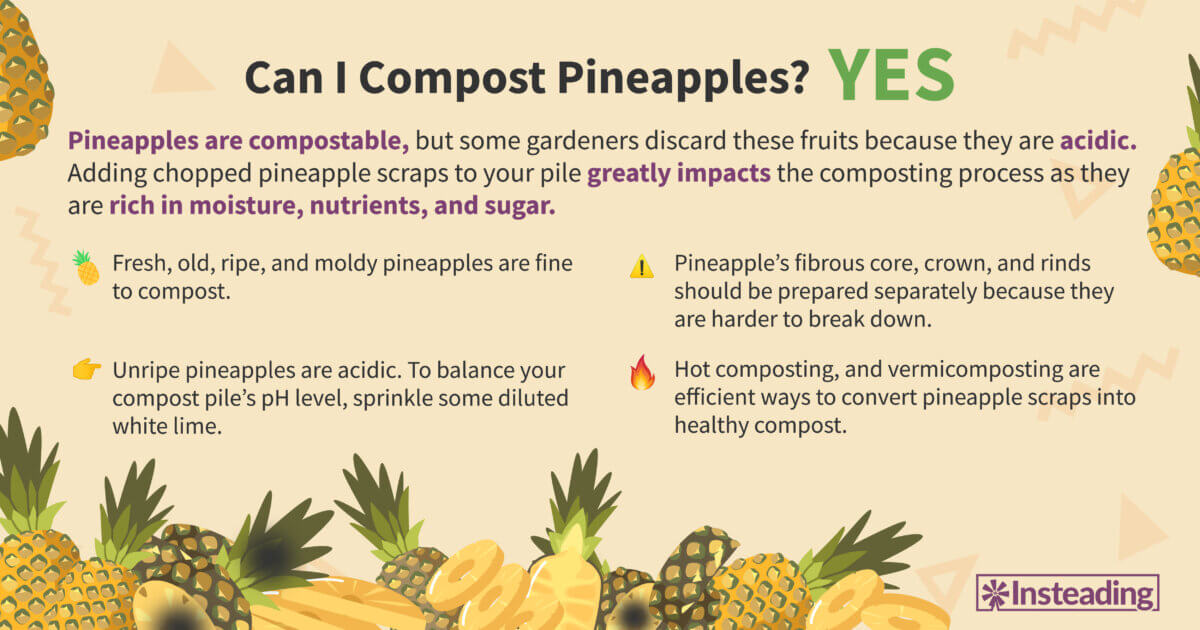
Pineapple’s inner flesh has moisture and nutrients that can impact the composting process. The core, crown, and peels should be cut into smaller pieces to accelerate decomposition. Sun-dried pineapple rinds break apart faster than fresh rinds.
Composting pineapples can lead to pests and odors if the pile is mismanaged. To minimize issues, maintain optimal conditions by layering pineapple scraps with other green and brown materials, aerating the pile, and adding water as needed.
Hot composting, and vermicomposting are some of the methods suitable for pineapples. The resulting compost can be used to your plants and improve your garden soil.
Traces of pesticides and herbicides may persist on pineapple rinds. If you want to keep your compost completely organic, discard chemically treated pineapples and seek other composting alternatives.
Follow the comprehensive guide below on composting pineapples to avoid potential problems.
How to Compost Pineapples
Ensuring effective composting of pineapples and pineapple peels requires careful preparation. This approach helps to eliminate issues of attracting pests or producing foul odors.
Preparing Pineapples for Composting
To begin composting, rinse your pineapples thoroughly under running water. Minimal residues of pesticides or herbicides may remain on the pineapple skin, leaves, and core. Agrochemicals are commonly used in major pineapple and fruit plantations to minimize economic risks and maximize harvest. Excessive amounts of these agrochemicals can harm composting microorganisms and leave traces in your garden. Wash supermarket pineapples properly before adding them to your compost.
If you want to keep your compost pile or compost bin purely organic, discard treated pineapples and explore other composting alternatives.
A full-size pineapple should not be added to compost, as it may slow down the decomposition process. Pineapple skins, cores, and crowns are compostable but must be prepared separately due to their sturdy, water-resistant fibers.
Chop the core, flesh, leaves, and peels into small pieces. Reducing these pineapple wastes to an inch in size will accelerate the decomposition of your compost. A compost shredder is a great tool if you deal with pineapple waste regularly.
Drying pineapple peels in the sun before composting will also break down more quickly compared to fresh peels.
Optimal Composting Conditions for Pineapples
Pineapple’s inner flesh are considered nitrogen-rich organic materials that are useful for composting. Meanwhile, other harder pineapple parts like the skin, and stem contain carbon. To guarantee proper decomposition of pineapples, aim for an ideal carbon to nitrogen (C:N) ratio of 30:1. Add carbon-rich brown materials like dead leaves, sawdust, and shredded paper or cardboard to your compost pile. Combine pineapple wastes with other nitrogen-rich green ingredients, such as food waste, fruit scraps, and vegetable trimmings.
To prevent pests, bury chopped pineapples deep within the pile’s center. Evenly layer carbon and green materials to reduce unpleasant odors.
Pineapples contribute high moisture levels to the compost, helping organic materials break down effectively. Keep your compost pile damp but not soggy. Excess water can create an anaerobic environment and produce smells. If the pile becomes too wet, add more carbon materials like shredded cardboard and turn the pile for aeration. Regularly monitor moisture levels and add water as needed.
For hot compost, maintain an optimal temperature range of 90 to 140 degrees Fahrenheit. Use a backyard thermometer to track the range as your compost ingredients “cook.” If the temperature drops, turn the compost pile regularly for oxygen circulation.
By sustaining these ideal conditions, you ensure a proper composting process of pineapples, and produce nutrient-rich compost for your soil and garden plants.
How Long Does Pineapple Take to Compost?
Pineapple flesh decomposes faster than the rest of its parts because of its high moisture content. When shredded into smaller pieces, harder parts of pineapple like the core, peels, and leaves take between 3 to 6 months or even up to a year to fully decompose.
How Pineapples Affect the Composting Process
Incorporating pineapples into your compost pile can impact the composting process of your organic materials, potentially altering the pile’s pH balance and moisture levels.
Impact on Decomposition
Pineapples’ fibrous nature makes them more difficult to break down. The pineapple leaves, for example, are processed to manually separate the fibers used for organic textiles and upholstery. In a poorly managed pile, a few strands of these hard pineapple components may remain for an extended period. On the other hand, a pineapple’s inner flesh breaks apart more quickly as it provides moisture and nitrogen, both essential for the growth of composting microorganisms.
Microbial Activity
Pineapples can supply either nitrogen or carbon to your compost pile, depending on the part of the fruit. These elements help kickstart microbial growth and support the decomposition of your organic materials. Despite their acidity, pineapples are also rich in sugars that attract earthworms, which in turn assist the microbial community in breaking down organic materials more quickly.
Temperature and Moisture
Juicy fruits, such as the inner flesh of a pineapple, provide adequate moisture for your compost pile. However, mismanaged piles with too much water can produce unpleasant odors and attract troublesome pests. To minimize this issue, incorporate more carbon materials into your compost and aerate the pile by turning it. Regularly check the moisture levels, and add water only when needed.
An anaerobic pile with pineapple compost can disrupt the optimal temperature range needed for a hot composting method. Continuously turning the compost pile helps maintain an efficient temperature range of 90 to 140 degrees Fahrenheit, which “cooks” the organic waste and produces healthy compost.
Potential Issues With Composting Pineapples
Composting pineapples can be challenging with potential issues on acidic compost, problematic pests, and unpleasant odors. There are ways to minimize these risks.
Will Composting Pineapples Make Compost More Acidic?
Gardeners and composters avoid pineapples because they are naturally acidic and may throw off your compost and garden soil’s pH balance. Additionally, a high citric acid content of pineapples and other fruits preserves organic materials, hindering the decomposition process.
There are steps to neutralize the fruit’s acidity. Underripe or immature pineapples have higher acid levels compared to overly ripe pineapples. As pineapple matures, its acidity decreases. Adding small pieces of ripe, old pineapple to the compost pile, alongside your other organic wastes, is fine. However, when composting large amounts of overly acidic pineapples, use hydrated white lime to deacidify your pineapple wastes. The white lime dilutes the acidity to lower levels, aiding the decomposition process of your organic materials.
Once the acidity is reduced, your compost decomposition process begins.
Will Composting Pineapples Attract Pests?
Composting pineapples may attract pests because overripe and decomposing fruits with high sugar content can be enticing to certain animals and insects.
The sugary surface area of pineapple chunks provides a breeding ground for fruit flies to lay eggs, potentially causing a swarm of flies, which can be a nuisance and a health risk.
Other pests like racoons, and rats can go over your pile and cause a mess. To minimize attracting pests, balance your pineapples with other brown, and green materials. Aim for the ideal carbon to nitrogen ratio, and maintain balanced moisture and optimal temperature range. Bury your compostable pineapple wastes deep within the center of your pile.
Additionally, consider using a compost bin with a tight seal to fend off troublesome pests.
Will Composting Pineapples Cause Odors?
Improper management of composting pineapples can result in unpleasant smells. Too much moisture generates an anaerobic environment and as a result makes your pile smell like ammonia. To prevent this issue, follow optimal composting conditions for pineapples. Keep a well-balanced compost pile and aerate the pile with oxygen by turning. The latter allows oxygen to seep through your organic wastes.
Methods for Composting Pineapples
There are various composting methods when dealing with pineapple wastes. Read below to find the one that best suits your lifestyle and setup.
Hot Composting
Pineapples are suitable for hot composting. Adding chopped pineapple pieces will supply your hot compost pile with essential nutrients to support microbial growth and activity. The heat from these microorganisms “cooks” your organic materials, breaking them down into a nutritious soil additive. To compost pineapples, combine your pineapple wastes with other green materials like kitchen scraps, and brown materials like wood chips. Follow the 30:1 C:N ratio when layering these materials. Additionally, burying your compostable pineapple pieces in the center of the hot compost pile is a great way to accelerate decomposition.
Hot composting, however, requires regular maintenance, as the optimal temperature range of 90 to 140 degrees Fahrenheit should be sustained throughout the composting activity.
Cold Composting
Cold composting works well when dealing with pineapple wastes. This low-maintenance approach heavily relies on bacteria, fungi, and insects to decompose organic matter. It takes longer to produce healthy compost compared to hot composting due to the absence of high temperatures. When creating an open pile for cold composting, cover it with a metal or wood sheet to deter pests attracted to pineapple’s high sugar content.
Vermicomposting
Despite their acidity level, pineapples are beneficial to your worm farm because of their sugar content. A recent study suggests vermicomposting pineapple wastes, including their cores, crowns, and rinds, will result in a healthy organic compost for garden or farm use.
Old or overripe pineapples are safe to add to your worm bin in minimal amounts. If you’re concerned about pineapple acidity possibly harming your worms, sprinkle some hydrated white lime to deacidify your pineapple scraps.
To begin vermicomposting pineapples, chop them into small pieces and add moderate amounts to your worm bin. Include low-acidity vegetable scraps like cabbage, carrots, lettuce, and potatoes to diversify your worms’ diet. Mix in other brown ingredients to reduce moisture. You can throw in 1 to 2 pineapple leaves, depending on your worm bin size.
Worms consume and break apart edible additives like pineapples in their digestive system, resulting in valuable worm castings.
Bokashi Composting
Limited outdoor space shouldn’t stop you from composting pineapples. Bokashi composting is suitable for those who live in apartments or buildings. This method involves a specialized inoculant bran and a tightly sealed Bokashi bucket to break down organic materials. Bokashi composting requires no oxygen to ferment your ingredients. Simply place your compostable pineapple pieces in the bucket along with other kitchen waste.
The bucket’s lid prevents pests from reaching your compost and traps any unpleasant odors inside.
Alternatives to Composting Pineapples
Composting pineapples isn’t the only sustainable option! Explore alternative methods to put pineapples to good use.
Industrial Composting of Pineapples
Local material recovery facilities accept organic wastes like pineapple scraps for commercial composting. Reach out to the nearest industrial composting facility to learn how they accept compostable materials.
This is a great option when composting at home isn’t possible.
Upcycling Pineapples
Pineapple scraps have huge upcycling value!
Pineapple Skin Tea
Make a refreshing drink using pineapple peels by first collecting and rinsing the rinds. Boil them in hot water for 5 to 10 minutes, then simmer on medium-low heat for up to an hour. You can add a stick of cinnamon to make your drink more fragrant. Strain the resulting liquid and drizzle some honey or ginger syrup for a sweeter drink. Add ice according to your preference.
Pineapple contains anti-inflammatory enzymes like bromelain, which can soothe sinuses and throat. Enhance the nutritional benefits of pineapple skin tea by combining it with other ingredients such as lemons, oranges, and herbs, like in Alpha Foodie’s fresh pineapple tea recipe.
Pineapple Toner
Pineapple tea can also serve as a gentle skin toner. To make it, boil pineapple rinds in water and then let them simmer. Once cooled, strain and mix the tea with other essential oils or beauty liquids, such as rose water.
Use as a spray to target acne. The antimicrobial and anti-inflammatory properties of bromelain help alleviate acne and remove dead skin cells.
Feeding Pineapples to Chicken and Livestock
Sour, underripe pineapples have higher acidity and are unappealing to chickens. Consumption may result in ingestion issues, not only for chickens but other animals as well.
Animals such as dogs, parrots, pigs, possums, raccoons, rats, and squirrels can safely consume pineapple flesh in moderation.
Disposal Options for Pineapples
If none of the options above are feasible, segregate pineapples and dispose of them properly in an appropriate waste bin.
What Pineapples Shouldn’t Be Composted?
Pineapples are generally suitable for composting. However, composters and gardeners who want to keep their compost purely organic, should separate chemically treated pineapples and explore other disposal options. Traces of agrochemicals from pineapple plantations may go into your pile and garden when the resulting compost is applied.
Composting moldy pineapples should be handled with care. If you are immunocompromised or have respiratory issues, put a face mask on and use gloves when composting rotting or moldy pineapples.
Safety and Precautions When Composting Pineapples
To minimize potential risks when composting pineapples, prepare the organic materials properly and maintain optimal conditions for the compost pile.
After your composting activity, wash your hands in running water with soap.
FAQ
How do you balance the acidity of pineapple in compost?
Sprinkle deacidifying products like hydrated white lime to lower and balance the acidity of pineapples, especially unripe ones. A high level of citric acid in your compost pile hinders the decomposition process and preserves the organic ingredients instead. Half a cup of hydrated lime per pineapple is enough to diminish the acidity of your compost.
Can you vermicompost pineapple waste?
Yes, you can vermicompost pineapple waste. Old or overly ripe pineapples are safe to feed to your worm farm in minimal amounts. Concern on the fruit’s acidity can be alleviated by adding hydrated white lime. Pineapple core, crown, and rinds are safe to vermicompost as long as they are washed thoroughly and chopped into small pieces before going into the worm bin.


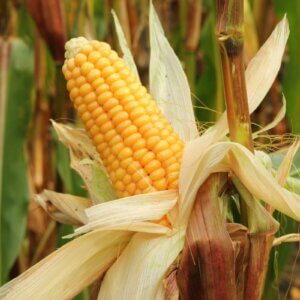



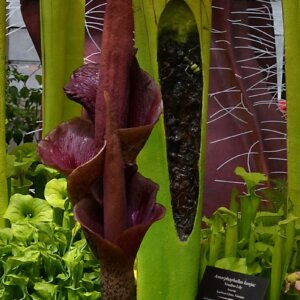














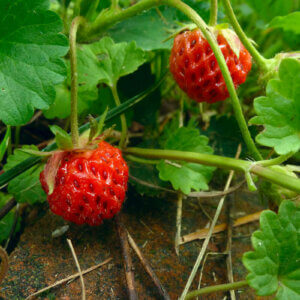


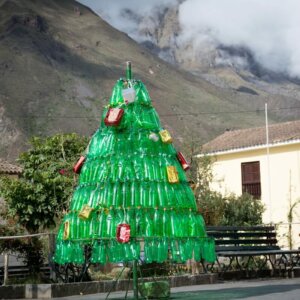

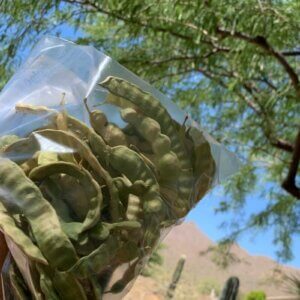
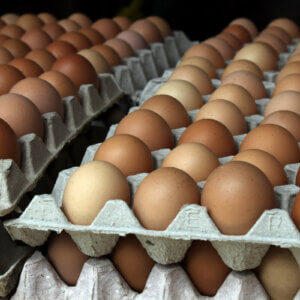
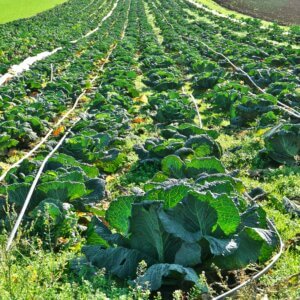


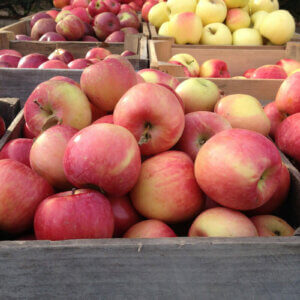





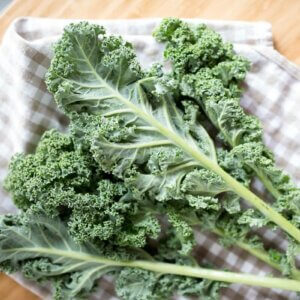



Leave a Reply